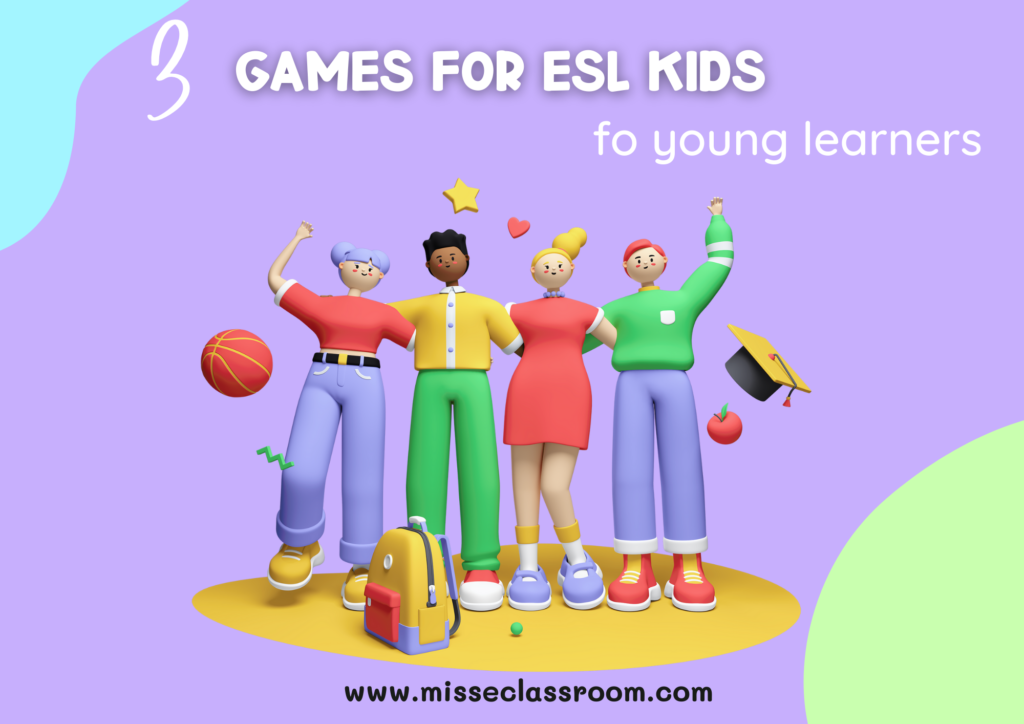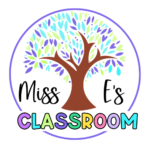We need to understand first that children are desperate to impart information and is of great importance to them. Communications is a vital part of their learning process specially since they are learning another language, so keep in mind that when we tell/ask them only to speak in English (which of course they still cannot do) it will be like telling them to shut up and be silent, that will be a shame in terms of teacher-student relationship and worst student-language relationship.
But what you can do, is to provide them with activities and games in which they have plenty opportunity to interact with the English Language is such fun ways they are so eager to participate, they will try harder to stick in the language no matter what, to learn it unconsciously and to have a very positive experience using it, he/she will be willing to repeat any other game in the future.

I strongly advice you can give the instructions in English first, then in their mother tongue and then in English again, like a sandwich. Use gestures all the way, your body language and facial expressions to make them clear.
- Roll the ball:
It’s a question-and-answer game with motor skills and eye-hand coordination. The idea es that children roll the ball to each other, asking and answering questions (use your grammar practice here)
Children sit down on the floor in a circle. Roll the ball to the first student and ask (How old are you? And When’s your birthday? As a warm-up then ask using the grammar point, you’re studying: Have you ever done sth? What would you do if ? What did you do this weekend?)
No one can repeat the same action or answer. The idea is that we ALL participate.
- Drawing on the board or Pictionary:
It’s one of my most famous games in my classrooms because children love using the board and our chalk or markers.
Students have to follow instructions given by the teacher, if you want to make it easy use vocabulary words, if you want a more challenging idea, use sentences they have to draw like: “The bear is having a nap time next to a pile of pizza boxes”. You can also set the instructions and all kids draw are in simple past.
One kid of each group comes to the board and draw what it’s on a card, their teams must guess base on the drawing. The negative side of this game is competition.
- Find the odd one out:
Children have to recognize which item is different from the others. Use realia to give the first examples, or draw things on the board (a banana, an apple, a kiwi and a duck), then give them a worksheet prepare with elements, they can write their names under the picture and then circle the one that is different. Depending on the level, it can be sentences, grammar tenses, etc. Correct them with them aloud.
Keep always in mind that you need to have a clear goal and purpose of your games and activities even if they are “just to have fun”. Stick to these 3 ELT games from time to time, changing the content and you’ll see how wonderful attitude you’ll have in your classes.



They look quite useful specially at the beginning of the class. I’ll try them next term
.
Thanks so much for your feedback! Can’t wait for you to try them! If anything, let me know. Happy ELTeaching!